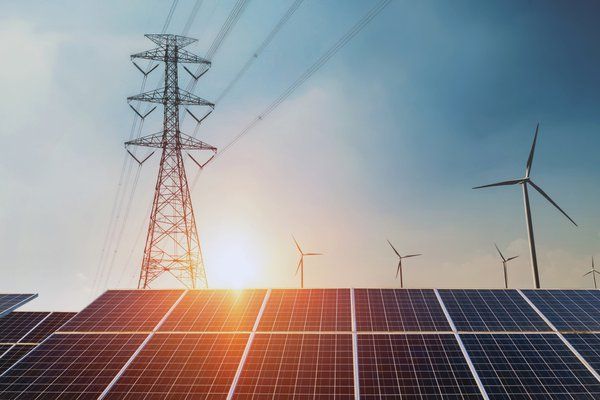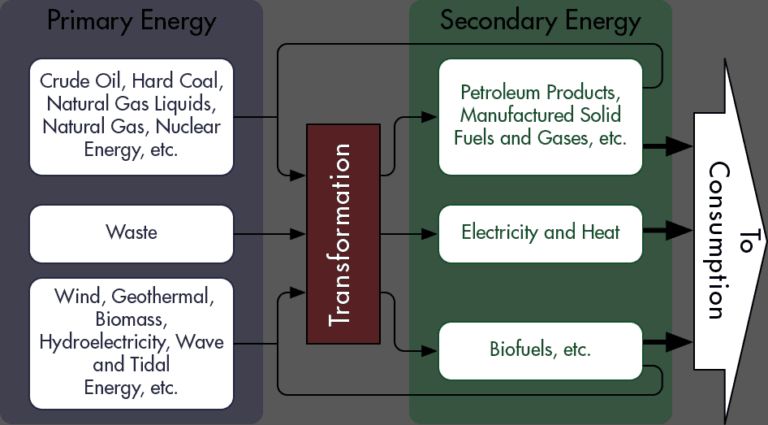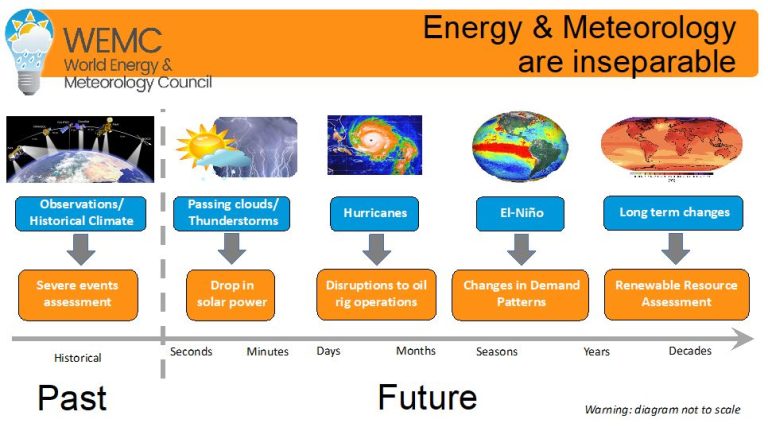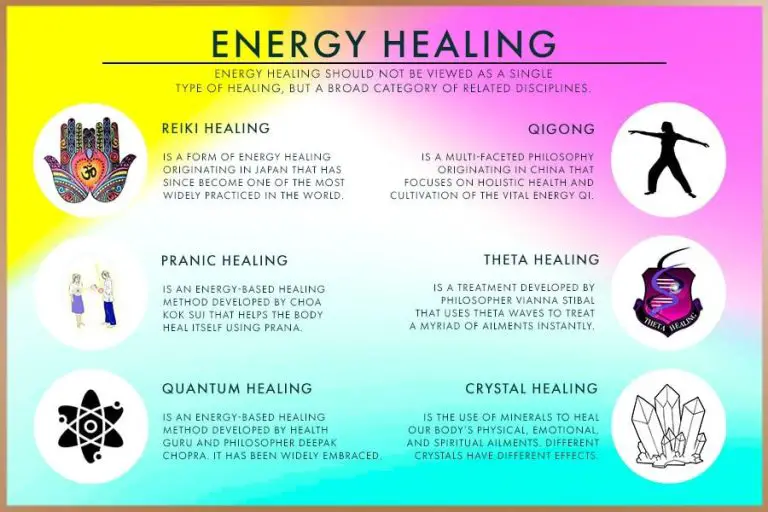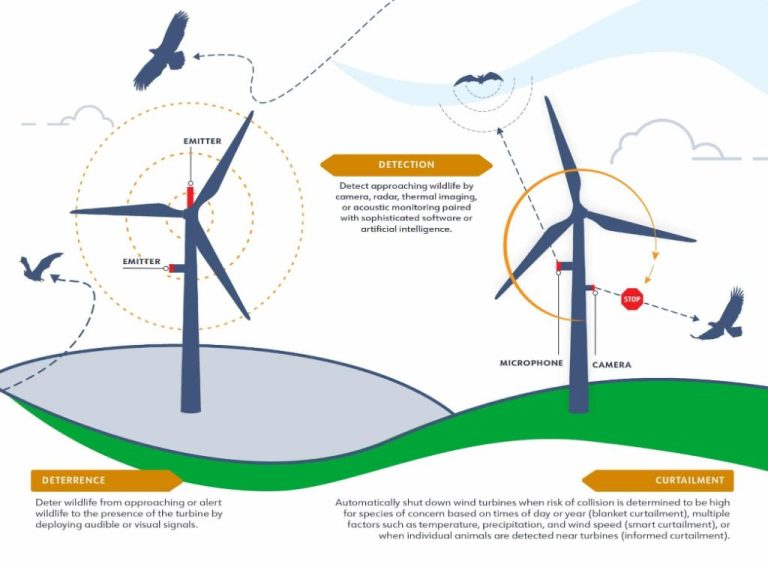What Are The Most Frequently Asked Questions About Renewable Energy Resources?
What are renewable energy resources?
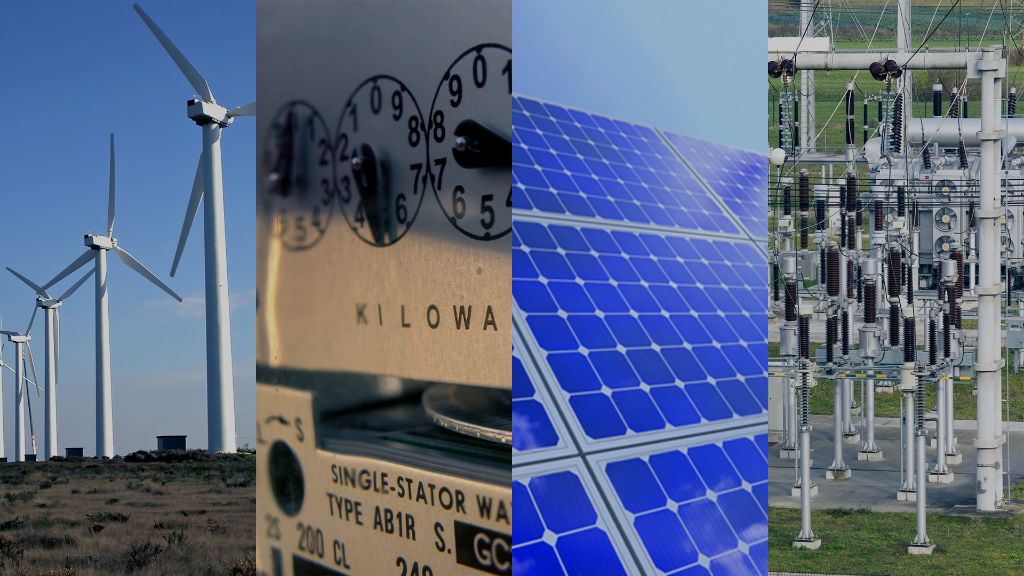
Renewable energy resources refer to sources of energy that can be naturally replenished within a human lifespan. They are virtually inexhaustible and considered “clean” sources of energy because they produce little to no global warming emissions.
The five major types of renewable energy resources are:
- Solar power from sunlight
- Wind power from wind
- Hydropower from flowing water
- Geothermal power from heat below the earth’s surface
- Biomass from plants and organic waste
Solar and wind energy are the most widely used renewable resources. Solar panels convert sunlight into electricity, while wind turbines use the kinetic energy of wind to generate power. Hydropower harnesses the energy of rivers and streams to produce electricity.
Geothermal energy taps into underground reservoirs of steam and hot water to drive turbines. Biomass utilizes organic plant matter like crops, wood, and waste to generate electricity.
These renewable resources are considered “clean” because they produce little to no greenhouse gas emissions that contribute to climate change. They provide a sustainable alternative to fossil fuels like coal, oil, and natural gas that produce large amounts of planet-warming emissions.
How do renewable energy resources work?
Renewable energy resources work by harnessing naturally replenished energy from the sun, wind, water, plants, and geothermal heat. Here’s a quick overview of how some common renewable resources convert energy:
Solar energy uses photovoltaic cells to convert sunlight directly into electricity. Solar thermal systems use mirrors to concentrate sunlight to heat water or other fluids that drive generators to produce electricity.
Wind turbines use large blades to capture the kinetic energy of wind, which spins a shaft connected to a generator to produce electricity.
Hydropower harnesses the energy of flowing water by diverting it through turbines connected to generators to produce electricity. Dams store water to control its flow.
Geothermal energy taps into underground reservoirs of steam or hot water to power turbines and generators. Enhanced geothermal systems can fracture hot rock to create artificial geothermal reservoirs.
Biomass utilizes organic matter like plants, wood waste, and trash as fuel to produce electricity through direct combustion or conversion into biofuels like ethanol.
Overall, renewable resources utilize self-sustaining natural cycles and forces like sunlight, wind, water flow, plant growth, and geothermal heat to generate clean energy without depleting finite resources.
What are the benefits of renewable energy?
There are several key benefits of using renewable energy resources. First, renewable energy produces little to no greenhouse gas emissions, which is crucial for reducing global warming and climate change. Sources like solar, wind, and hydropower emit no carbon dioxide or other pollutants when generating electricity. In contrast, burning fossil fuels like coal and natural gas releases large amounts of greenhouse gases.
Second, renewable energy provides a sustainable long-term energy solution. Fossil fuels are finite resources that will eventually run out or become too expensive to retrieve. But renewable resources like sunlight, wind, and water will exist as long as the sun shines, wind blows, and rivers flow. Renewables are inexhaustible energy sources if properly managed and maintained.
Third, renewable energy promotes greater energy independence and national security. Over-reliance on imported fossil fuels creates energy supply vulnerabilities. But generating energy from domestic renewable resources reduces a country’s dependence on foreign oil and gas. This provides more energy security and stability.
Finally, renewable energy can offer cost savings over the long run. While upfront costs of building renewable power plants are still high, once built the marginal cost of generating renewable electricity is low if not zero. With appropriate policies and incentives, renewable energy gets cheaper as technology improves. And renewables avoid the volatility of fossil fuel prices.
What are the limitations of renewable energy?
While renewable energy sources have many advantages and are critical for transitioning away from fossil fuels, they also face some limitations and challenges currently. Some of the main limitations of renewable energy include:
Intermittency – Many renewable sources like solar and wind are weather-dependent and only generate energy when conditions are right. The intermittent nature of renewables makes energy storage and grid management more complex.
High upfront costs – Constructing renewable power plants and infrastructure requires significant upfront capital investment, which can deter adoption. However, costs have been falling rapidly.
Location constraints – Renewable energy projects must be sited in locations with abundant resources like sun and wind. Transmission lines are needed to deliver the electricity.
Storage challenges – The variable output of some renewables makes energy storage technologies crucial for balancing supply with demand. Affordable grid-scale storage is still developing.
Despite these limitations, great progress is being made in renewable technology, integration, storage, and cost reduction. Many experts believe these challenges can be overcome in time as renewables become more competitive and widespread.
How much do renewable energy resources cost?
Renewable energy technologies typically require more upfront investment relative to conventional power plants. However, their fuel costs are minimal, so their levelized costs can be competitive with fossil fuel sources over the life of the project.
For residential solar photovoltaic systems, installed costs now average around $3 per watt, with typical 5 kW systems costing $15,000-$25,000. Commercial and utility-scale projects are usually less than $2 per watt due to economies of scale.
On a levelized cost basis, wind and solar power are now cost-competitive with natural gas and coal in many regions. Geothermal and hydropower are also cost-effective. The latest renewable energy bids average $30-60 per MWh, similar to the operating costs of fossil fuel plants.
Government incentives like tax credits and performance-based payments can reduce renewable project costs by 10-50%. Ongoing technological improvements and economies of scale will continue to drive down costs.
What Percentage of Energy Comes From Renewables?
Globally, approximately 13.7% of final energy consumption currently comes from renewable sources according to the IEA (1). However, the share of renewables varies significantly by country and region.
Some countries get a very high percentage of their energy from renewable sources. For example, Norway gets approximately 71.56% of its energy from renewables, Sweden gets around 50.92%, and Brazil gets around 46.22% (2).
In the European Union, Germany gets approximately 30% of its energy from renewables, the UK gets 28%, Spain gets 25%, and Italy gets 23% (3). The EU has set ambitious climate targets and aims to increase the share of renewables to at least 32% of final energy consumption by 2030.
Globally, the share of renewables has been increasing rapidly over the past decade due to declining costs and supportive policies. Most energy experts expect the renewable energy percentage to continue rising in the years ahead as countries transition toward cleaner energy to address climate change.
Which renewable energy source is most common?
Globally, the most common renewable energy sources are hydroelectric, wind, solar, and geothermal. However, adoption varies significantly by region and country based on resource availability, government policies, costs, and other factors.
Hydroelectric power has historically been the largest renewable resource worldwide, providing 71% of renewable electricity in 2019 according to the International Renewable Energy Agency (source). It is particularly dominant in countries with major river systems and reservoirs like Brazil, Canada, and China.
Wind power comprises the second largest share at 22% globally, with high adoption rates across Europe, China, and the United States. Texas and Iowa generate over 20% of their electricity from wind.
Solar power follows at 5% globally but is the fastest growing renewable source. Countries with strong solar resources like Australia, Germany, and Japan have significant solar capacity along with emerging markets like India and Brazil (source).
Geothermal energy accounts for about 2% globally, with high use in Iceland, Kenya, Indonesia, and parts of the western United States.
What are the latest trends in renewable energy?
The latest data from the International Renewable Energy Agency (IRENA) shows that renewable energy capacity grew at record levels in 2022, driven by strong growth in solar PV and wind power (see IRENA renewable energy statistics 2023). IRENA forecasts that renewables are on track to supply over 50% of global electricity by 2030 as costs continue to fall and new technologies emerge.
Some key trends include:
- Strong policy support – Over 130 countries have net-zero emissions targets, creating incentives for renewable growth.
- Falling costs – Solar PV and onshore wind costs have dropped over 80% in the last decade, making them cheaper than fossil fuels in most markets.
- New technologies – Floating offshore wind, green hydrogen, and vehicle-to-grid systems are gaining momentum.
- Public opinion – Surveys show strong public support for expanding renewables and transitioning away from fossil fuels.
- Corporate sourcing – Over 300 major companies have committed to 100% renewable electricity, driving demand.
Renewable energy is experiencing rapid growth and development worldwide. However, continued policy support, grid integration investments, and new technologies will be needed to accelerate the transition to a sustainable energy system.
What is renewable energy’s future potential?
Renewable energy has immense potential to meet the world’s growing energy demand in a sustainable way. According to the International Energy Agency (IEA), renewables could supply over 50% of global electricity demand by 2050 if countries fulfill their climate pledges (Source). The technical potential for renewables like solar and wind is practically unlimited – the sun provides more energy in an hour than humanity uses in a year. Growth projections show massive expansion of renewable capacity in coming decades.
Solar photovoltaic capacity is projected to grow over 200% between 2022-2027 as costs continue falling, while onshore wind could see 57% growth by 2026 (Source). Offshore wind also has enormous potential, especially floating offshore turbines that can access stronger winds. The IEA predicts offshore wind will become a $1 trillion industry by 2040. Overall, renewables are expected to account for over 90% of new power generation added through 2026, displacing fossil fuels.
With such exponential growth, renewables are poised to transform global energy systems. But continued policy support, grid investment, energy storage advances and other key factors will determine if renewables can truly reach their full potential to provide abundant, affordable and clean energy for all.
How can I support renewable energy?
There are several ways that individuals can support the growth of renewable energy at home and in their communities:
Home Installation
Installing renewable energy systems like solar panels or small wind turbines at your home is a direct way to utilize clean energy. Solar panel costs have dropped over 70% in the last 10 years, making home installation much more affordable. Some states and utilities also offer rebates or tax incentives for installing renewable energy systems on residential properties (1).
Green Utilities
You can switch your home or business electricity plan to a utility company that generates power from 100% renewable sources like wind and solar. Over 180 utilities in the U.S. offer green power options for customers who want their energy use to support renewables (2). Community solar programs also allow households to share the benefits of a larger solar installation.
Advocacy and Policies
Citizens can advocate for renewable energy by voting for supportive policies and politicians at the local, state, and national levels. Joining renewable energy organizations that lobby for initiatives like tax credits, renewable portfolio standards, and funding for clean energy research can help scale adoption. Calling/writing to your elected representatives to voice your support of renewable energy is another impactful action (3).
With some effort, individuals can accelerate the renewable energy transition through their everyday choices and civic participation. Supporting renewables not only helps the climate, but also creates new economic opportunities and jobs.
(1) https://ecologi.com/articles/blog/supporting-renewable-energy-projects
(2) https://www.epa.gov/statelocalenergy/state-renewable-energy-resources
(3) https://poweruptexas.org/

